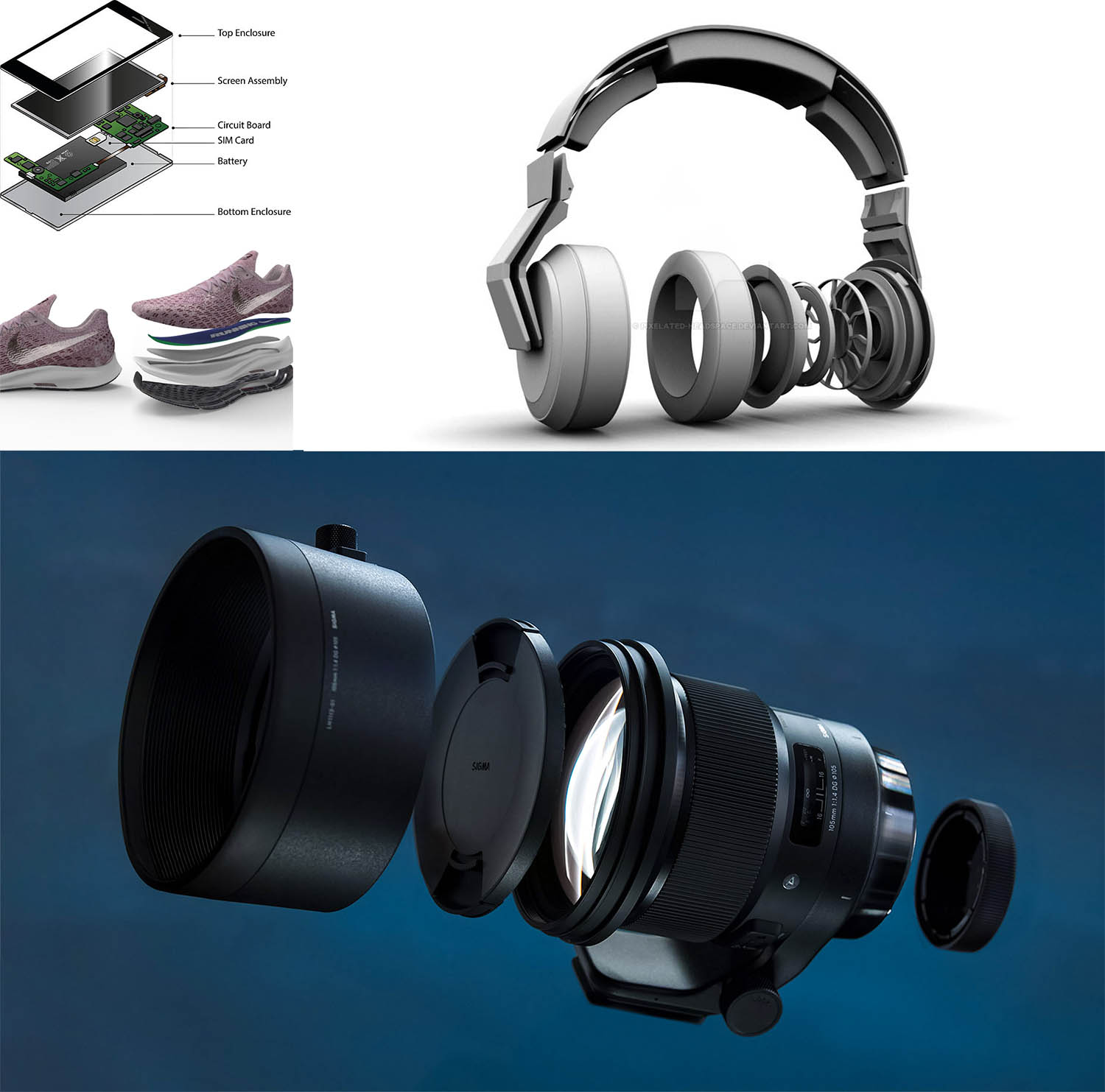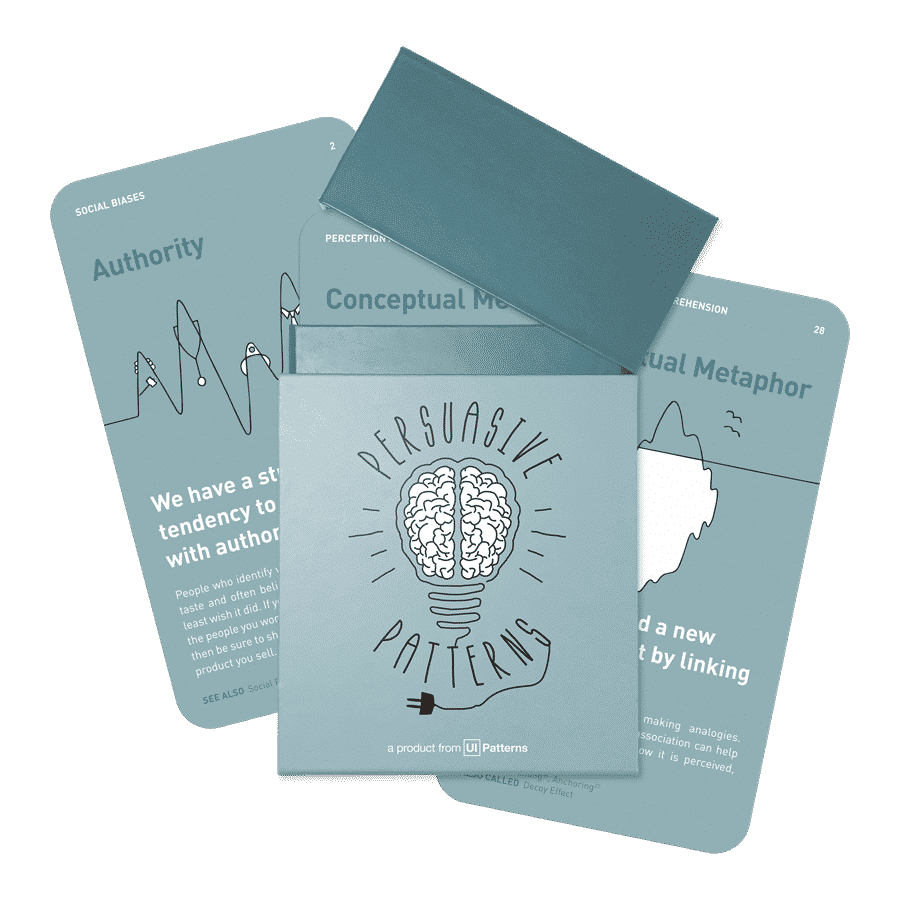How Simulating Assembly Can Boost Your Product's Value
Revealing a product's internal structure through visuals can build trust, foster understanding, and create an emotional connection.
Design for behavior change with the Persuasive Patterns card deck
Apply psychological principles to influence decisions, increase engagement, and optimize user experience.
Get your deck!When faced with a sleek, minimalist package, it’s easy to wonder what wonders lie within. But for complex or functional products, that mystery can be a double-edged sword. While it might pique initial curiosity, it can also lead to uncertainty about the product’s inner workings and ultimately, its value.
A recent study by Kang et al. (2024) sheds light on a fascinating way to bridge this gap: simulated assembly. Their research explores the power of layered images that reveal a product’s internal structure, and how this approach can significantly boost perceived value and customer willingness to pay.
Transparency builds trust
Imagine you’re considering a high-tech water filter. The sleek design is attractive, but you have no idea what goes on inside. Does it use complex filtration technology, or is it a simple, disposable filter? This lack of transparency can create a sense of distrust and hesitation.
Kang et al.’s study suggests that by incorporating layered images, you can bridge this information gap. These images, essentially digital cutaways, showcase the product’s internal components in a visually compelling way. Imagine a water filter where the image layers reveal a multi-stage filtration system, complete with carbon filters and advanced membranes. Suddenly, the product goes from a simple container to a sophisticated technological marvel.

This transparency builds trust and fosters a deeper understanding of the product’s capabilities. Customers can see the “why” behind the “what,” appreciating the engineering and technology at play. This newfound appreciation translates directly into a higher perceived value.
The power of layered images goes beyond simply conveying functionality. Kang et al.’s research suggests that these visuals also tap into our emotional connection with products. Imagine a high-end barbeque grill. A standard image might show a sleek exterior, but a layered image could reveal the heavy-duty cast iron grates, the powerful burners, and the innovative heat distribution system. This visual storytelling evokes a sense of quality, durability, and the promise of delicious grilling experiences.
By showcasing the intricate details and high-quality components hidden beneath the surface, layered images create a sense of craftsmanship and care. It’s a subtle way of saying, “We haven’t skimped on materials or engineering.” This emotional connection fosters a greater sense of value and justifies a higher price point.
Key takeaways:
- Increase perceived value of a produc ton display by showcasing the technology and engineering behind your product, justifying a higher price point.
- Build trust. Transparency fosters a sense of trust and confidence in your product’s capabilities.
- Forge an emotional connection by visually engaging customers and ignite their desire for the product’s potential.
By revealing the inner workings and the technological marvel within, you can unlock a new level of customer appreciation and ultimately, drive sales success.

